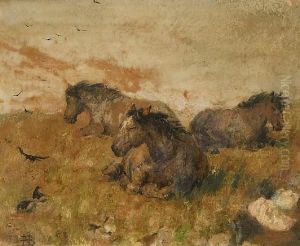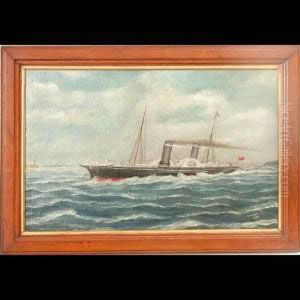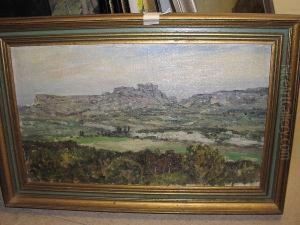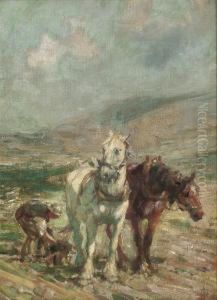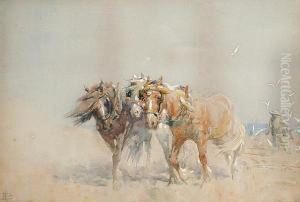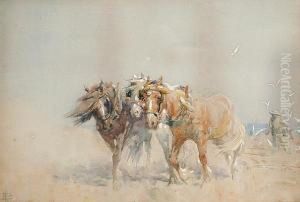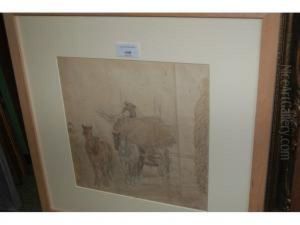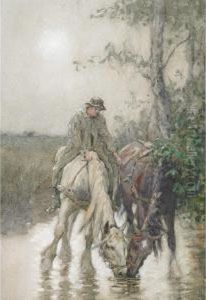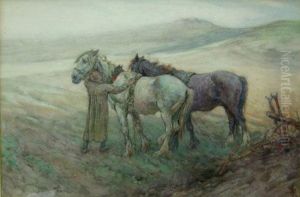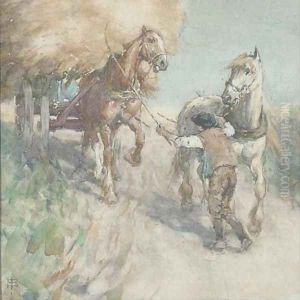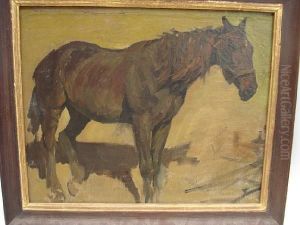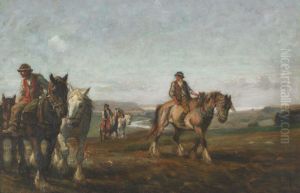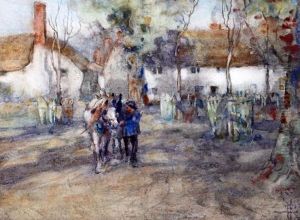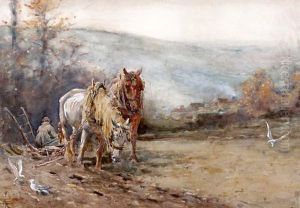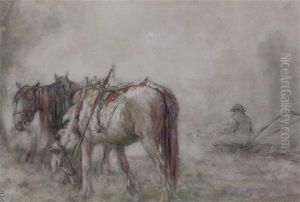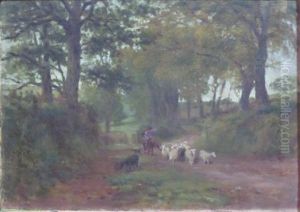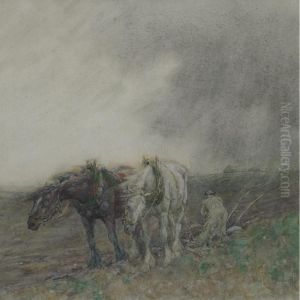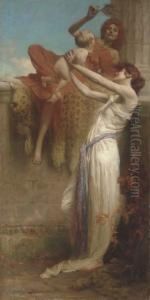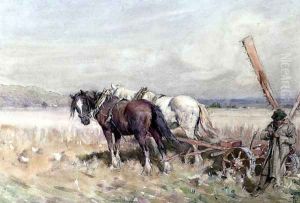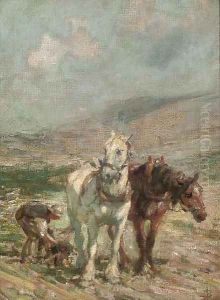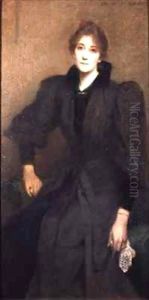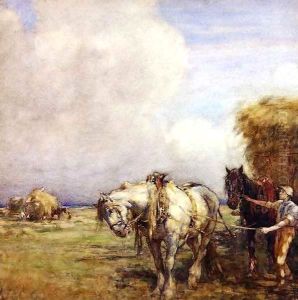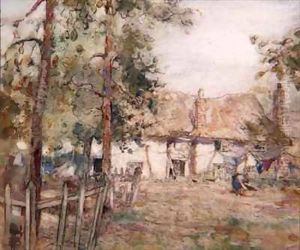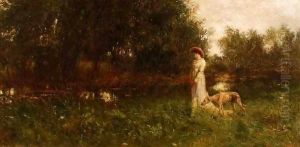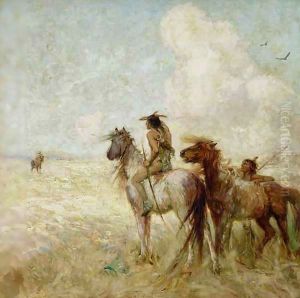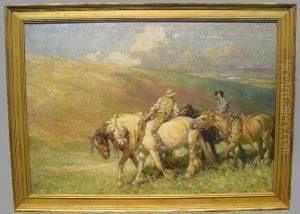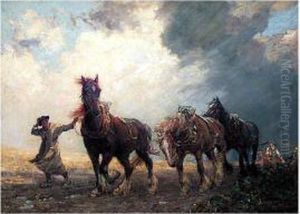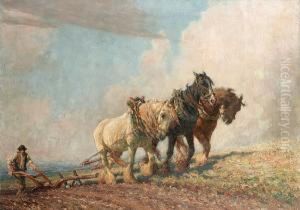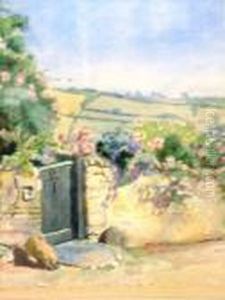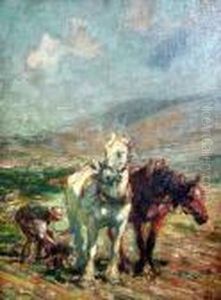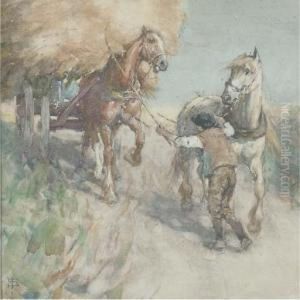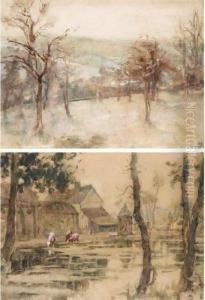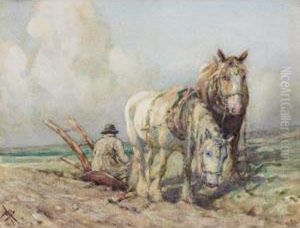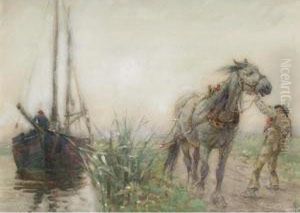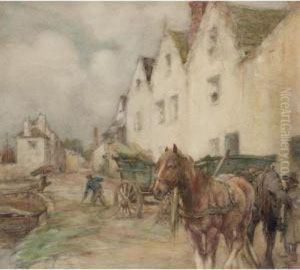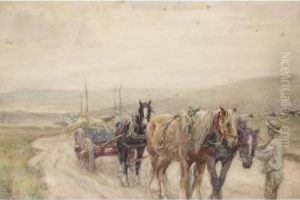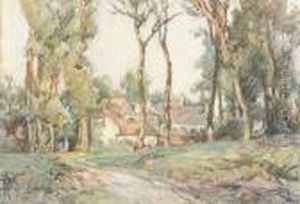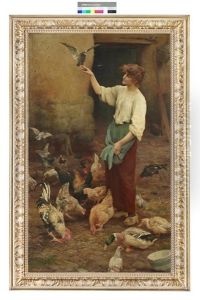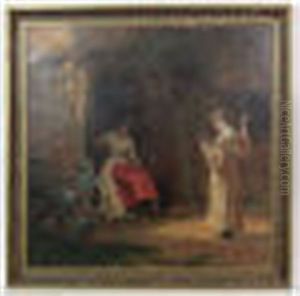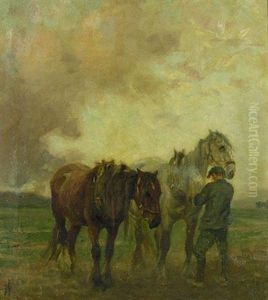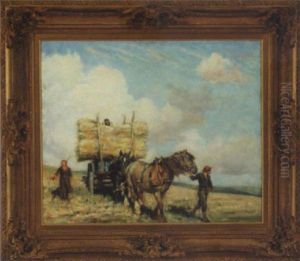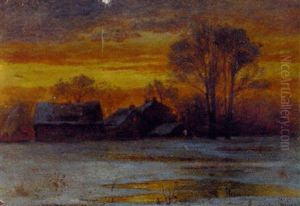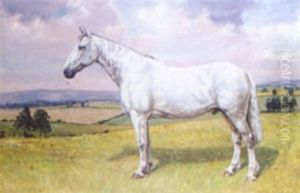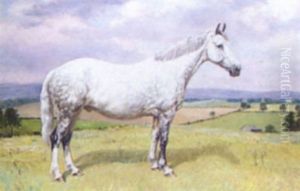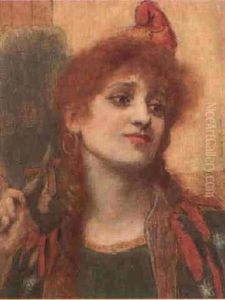Nathaniel Hughes John Baird Paintings
Nathaniel Hughes John Baird was a relatively obscure British artist, born in 1865. There is limited information on Baird's life and works, as he did not gain significant fame or recognition during his lifetime or posthumously. His artistic career spanned the late 19th and early 20th centuries, a period that saw the transition from traditional Victorian styles to more modern approaches in art.
Baird's style is not well documented, but like many artists of his time, he may have been influenced by the major art movements of the era such as Impressionism, Post-Impressionism, and early Modernism. He likely received a traditional art education, which would have included the study of classical subjects, mastery of drawing, and painting from life.
Given the era in which he lived, Baird might have been exposed to the works of prominent artists of the time such as John Singer Sargent, James McNeill Whistler, or the Pre-Raphaelites, which could have impacted his own artistic development. However, without more specific details on his artwork or exhibitions, it is difficult to provide a comprehensive assessment of Baird's contributions to the field of art.
Nathaniel Hughes John Baird passed away in 1936. Since there is a scarcity of information on Baird, art historians and enthusiasts may have to engage in extensive research to uncover more details about his life and oeuvre. His legacy, if preserved, would offer insight into the life of an artist working during a transformative period in the history of British art, but as of now, he remains a lesser-known figure from the annals of art history.
